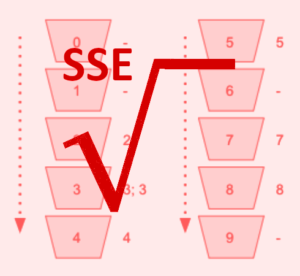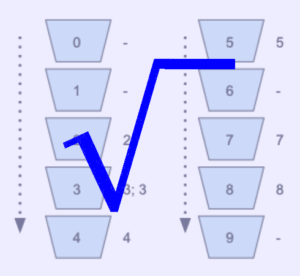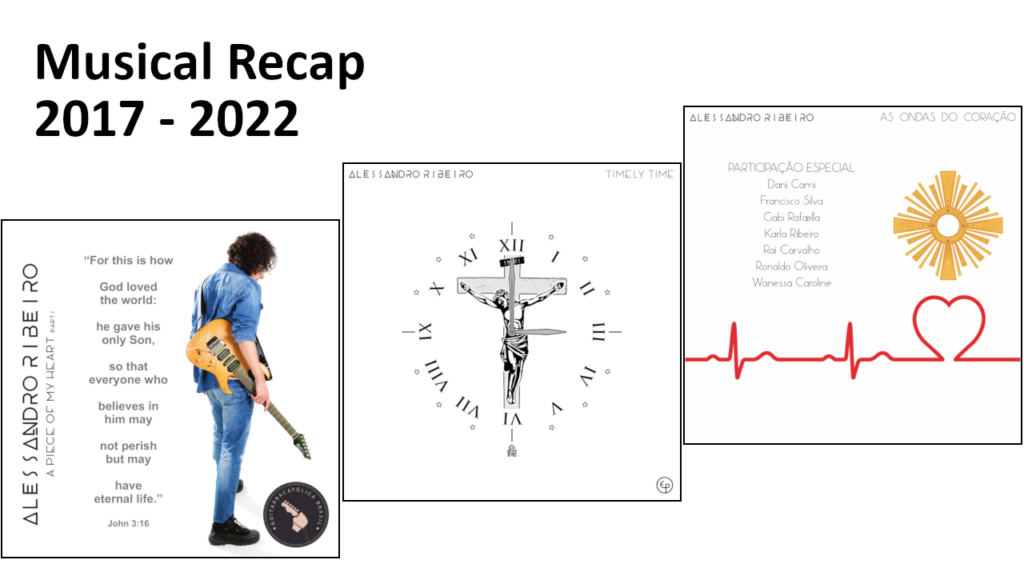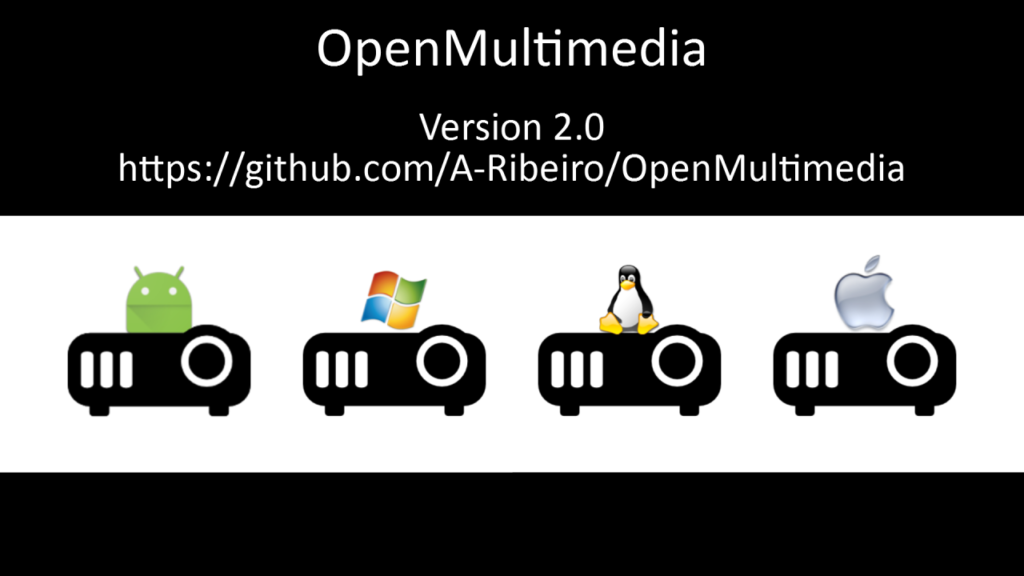
The video driver in WSL (2024-08-17) is not sending the real monitor size information to Xrandr.
This is a problem for any GUI application.
You can check a tool I made based on this post at github: https://github.com/A-Ribeiro/wsl-hidpi-suggestion .
...continue reading "Setting DPI Scaling in WSL on High-DPI Monitor"







